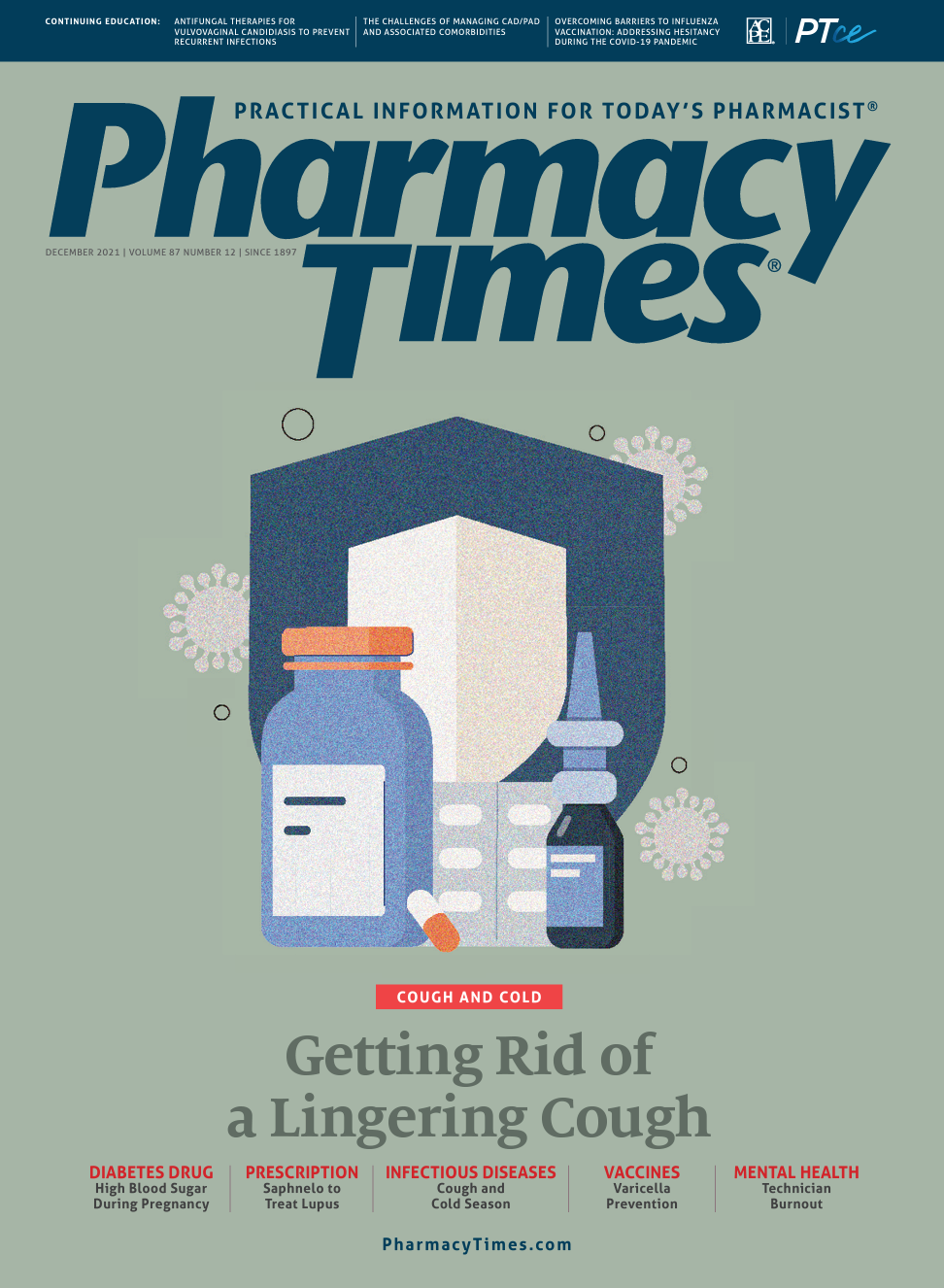Publication
Article
Pharmacy Times
Watch for 3 Types of Errors With Transdermal Patches
Author(s):
Clonidine, Estradiol, Fentanyl, and Scopolamine are involved most frequently, an ISMP review shows.
An influx of reports involving transdermal medication patches submitted to the Institute for Safe Medication Practices (ISMP) National Medication Errors Reporting Program (MERP) prompted ISMP to look at all patch-related reports it had received within the past 4 years.
More than 50 reports associated with 12 different transdermal medication patches were analyzed. Patches most frequently involved in reported errors included clonidine (n = 10), estradiol (n = 6), fentanyl (n = 16), and scopolamine (n = 7). Three of the error types identified during the analysis are described below.
Lack of Awareness
The ISMP has received 7 reports associated with practitioners failing to identify patches on the patient’s or resident’s skin (which had been applied prior to admission), finding multiple patches on patients that had been left on longer than prescribed, and/or not removing an old patch when applying a new patch. Five of these events involved fentanyl patches. In 1 case, 2 patches were found on an unexpectedly somnolent patient during rounds. In another case, 3 100-mcg/hour fentanyl patches were found on an oversedated patient with respiratory depression. We have also received reports of finding multiple nicotine patches and rivastigmine (Exelon) patches used to treat Alzheimer disease on patients during their admission. Because many patches are beige or clear, they might easily be missed on the skin of some patients.
Wrong-Dose Dispensing Error
The ISMP received 6 reports of dispensing the wrong dose of patches that are available in more than 1 strength. One of these errors was published in the December 2020 issue of Pharmacy Times®. An order for 50-mcg/hour fentanyl patches included “72 hours” for the duration of patch application. The “72” was mistaken as the strength, leading to the erroneous dispensing of a 75-mcg/hour instead of the intended 50-mcg/hour fentanyl patch. Including the duration of controlled drug delivery (ie, 72 hours) in the order and the drug description field contributed to this dispensing error. In another event, a pharmacy technician filling an order for rivastigmine patches 9.5 mg/24 hour for a long-term care (LTC) resident prepared 13.3-mg/24-hour patches and failed to notice the error because he had bypassed he usual barcode scanning process. The pharmacist verifying the product did not notice a discrepancy between the 13.3-mg/24-hour patches and the image of the 9.5-mg/24-hour patches on the computer screen and dispensed the patches.
Patch Cover Applied Without Medication Patch
The ISMP received 5 reports of applying a clonidine patch adhesive cover directly to the skin without first applying the clonidine patch. In 1 case, only the adhesive cover was retrieved from the carton and applied. In all other cases, the active medication patch was accidentally discarded. The errors contributed to uncontrolled blood pressure. The clonidine transdermal system (Catapres-TTS) is packaged in a carton containing individually labeled pouches of 4 clonidine patches and 4 adhesive covers. Once removed from the pouches, the clonidine patch is a different color, shape, and size than the adhesive cover, but the patch and cover do not specify which is which. Application of the adhesive cover is optional. The cover should be applied directly over the clonidine patch only if the patch begins to separate from the skin.
Recommendations
Treating patients receiving medication patches can be challenging, given the variety of patch characteristics. To prevent the types of errors described above, consider the following recommendations:
• Build a medication administration record note to remind LTC nurses to apply the clonidine medication patch and not just the cover. If the adhesive cover is used over the medication patch, it is best for nurses to label the adhesive cover with the drug name, strength, and date, before applying it.
• Create electronic prescribing medication patch order sentences that include the appropriate application frequency.
• Dispense the clonidine medication patch and adhesive cover in a zipper storage bag with a label explaining the 2 components of the product for LTC patients.
• Do not include the duration of medication delivery in the patch drug description field, which could be confused as the dose, for fentanyl patches. The patient’s dosing instructions should communicate the frequency of changing the patch.
• Employ barcode scanning during dispensing to ensure correct product selection.
• Explore ways to assist patients to maintain an up-to-date record of all their medications (including any OTC products and patches), such as providing them with a current medication list at each encounter.
• Give LTC nurses a documentation prompt each shift to verify placement of each medication patch and to record the location, if necessary.
• Provide verbal and written education to care- givers and patients about the use of patches. Verify the patient’s understanding of the information.
• Use scripted prompts or questions to collect a detailed medication history from each patient. Specifically ask patients about the use of any type of patch.
Michael Gaunt, PharmD, is a medication safety analyst and the editor of ISMP Medication Safety Alert! Community/Ambulatory Care newsletter at the Institute for Safe Medication Practices in Horsham, Pennsylvania.







